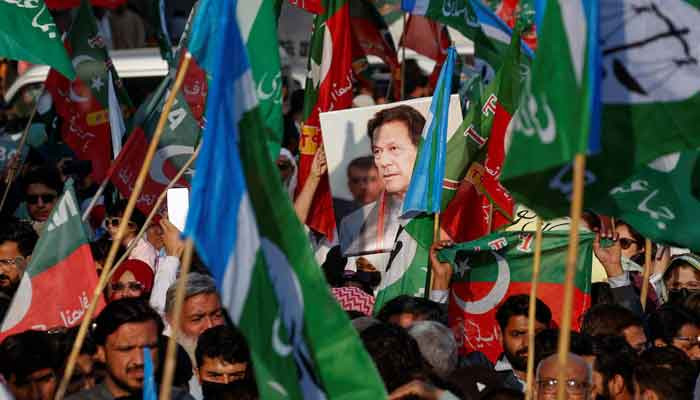Political Parties’ Digital Presence Lacking, FAFEN Report Reveals
A recent report by the Free and Fair Election Network (FAFEN) has indicated that a significant majority of political parties in the nation, approximately two-thirds, do not have fully operational websites, despite the increasing importance of digital communication in Pakistan.
The study, entitled “Assessing Web Presence of Political Parties in Pakistan,” reveals that only 35%, which equates to 58 out of 166 registered political parties, possess websites that are either fully or partially functional.
Furthermore, among the 20 parties currently holding representation in the Federal Parliament or Provincial Assemblies, only 14 (70%) maintain active websites.
Having a functional website is essential for compliance with Section 208(4) of the Elections Act, 2017. This section requires political parties to publish updated lists of their central office bearers and executive committee members on their websites.
Among the parties with working websites, only 40 (69%) adhere to the legal requirement of publishing a list of central office bearers, and a mere six (10%) publish the names of their executive committee members.
Active social media profiles do not serve as a sufficient substitute for an official website for many parties.
Additionally, the transient and algorithm-driven nature of social media makes it less suitable for providing structured and easily accessible information.
FAFEN’s evaluation of political parties’ websites indicates that those with parliamentary representation generally provide more comprehensive digital platforms compared to other parties.
Among these parties, Jamaat-e-Islami (JI) leads by providing 18 out of 30 distinct types of information examined by FAFEN on its website.
Pakistan Tehreek-e-Insaf (PTI) follows with a score of 15; however, their website is currently inaccessible within Pakistan without the use of a virtual private network (VPN).
The website of Pakistan Peoples Party Parliamentarians (PPPP) scored 12; Pakistan Muslim League Nawaz (PML-N) 11; Awami National Party (ANP) nine; Haq Do Tehreek Balochistan (HDT) and Muttahida Qaumi Movement Pakistan (MQM-P) eight each; Sunni Ittehad Council and Pashtoonkhwa Milli Awami Party (PkMAP) seven each; Tehreek-e-Labbaik Pakistan (TLP) and Jamiat Ulama-e-Islam Pakistan (JUIP) six each; Majlis Wahdatul Muslimeen (MWM) five; Balochistan Awami Party (BAP) four; and Pakistan Muslim League Quaid (PML-Q) one.
Among parties lacking parliamentary representation, Pakistan Tehreek Shadbad (PTS) achieved the highest score of 13.
Most websites were more forthcoming in sharing contact information and basic organizational details, while financial transparency was the least reported area.
The most consistently shared content was the aims and objectives of the political parties, featured on 88% of the websites.
Section 201(1)(a) of the Elections Act, 2017, mandates political parties to include this information in their party constitution.
Contact details for at least one party office were present on 83% of sites, while 79% linked to official social media accounts.



Comments (0)
No comments yet. Be the first to comment!
Leave a Comment